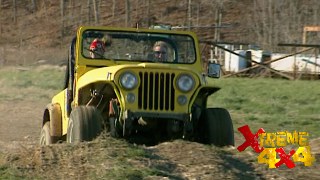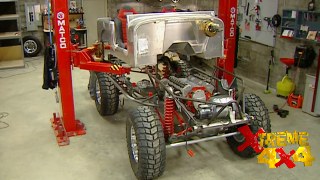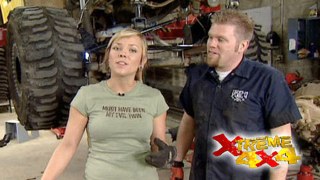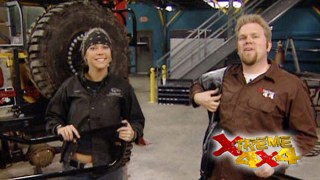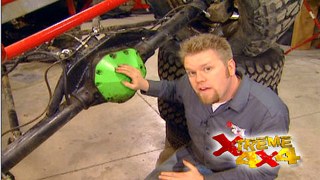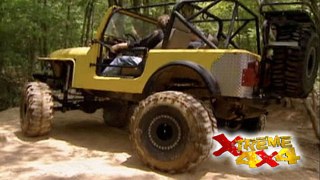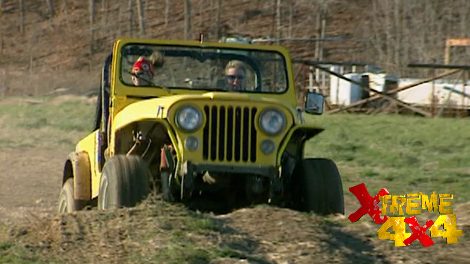
Budget Jeep
Ian and Jessi turn an ’83 CJ into an affordable crawler on a budget. Plus a profile on Bob Chandler – the granddaddy of the Monster Truck – and founder of Big Foot.
Season 1
Episode 7
First Air Date: June 1, 2015
